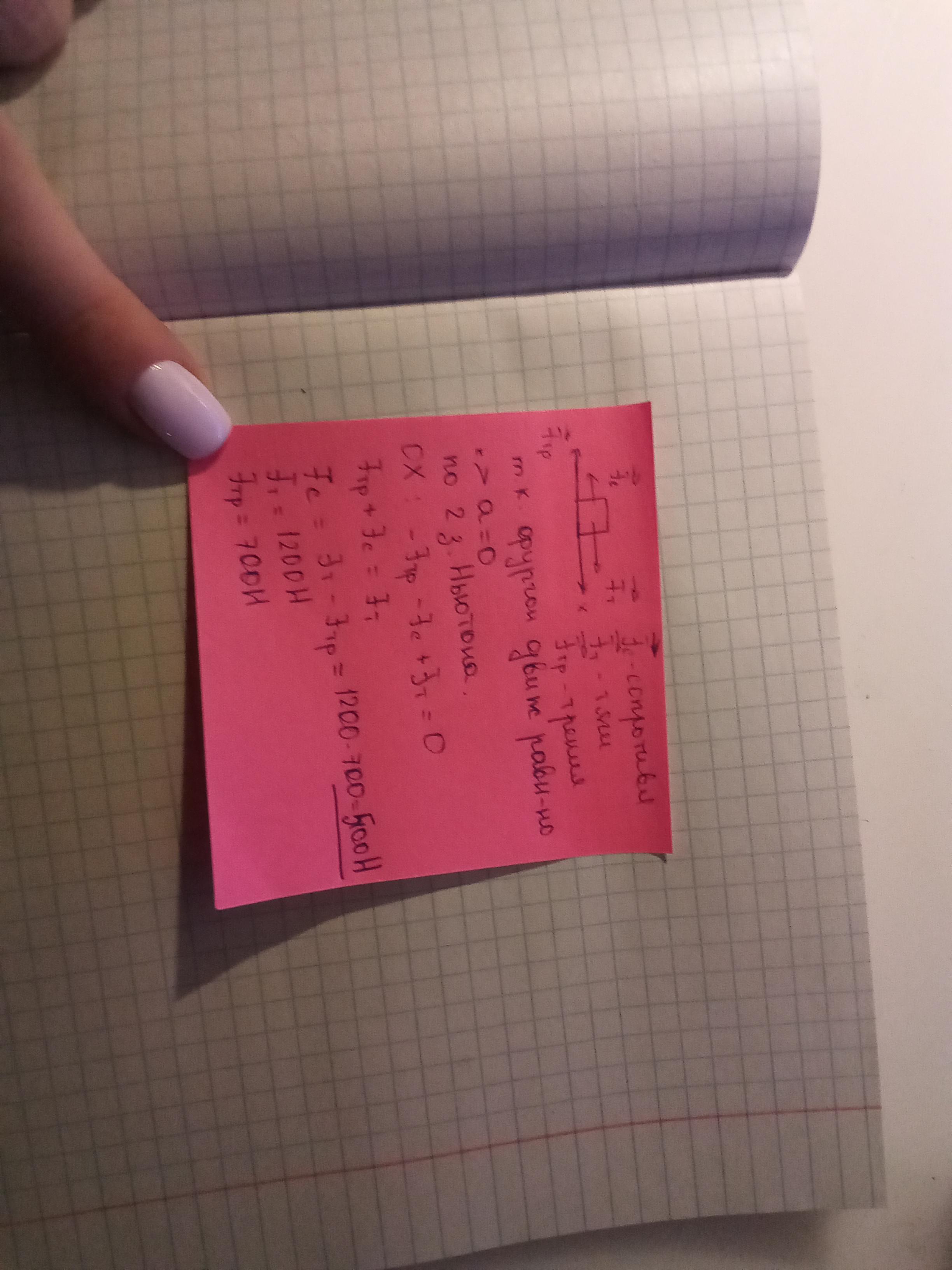Предмет: Физика,
автор: prom76434
422, На фургон, движущийся равномерно в горизонтальном на правлении, действуют три силы. Сила тяги равна 1,2 кН, си-
ла трения - 700 Н. Чему равна сила сопротивления воздуха?
Ответы
Автор ответа:
6
Ответ:500Н
Решение ниже
Приложения:

prom76434:
спасибо большое
Похожие вопросы
Предмет: Английский язык,
автор: ekko9595
Предмет: Русский язык,
автор: egbtbvd
Предмет: География,
автор: valeria90220066
Предмет: Алгебра,
автор: pasinovvalera
Предмет: Геометрия,
автор: AliRous112